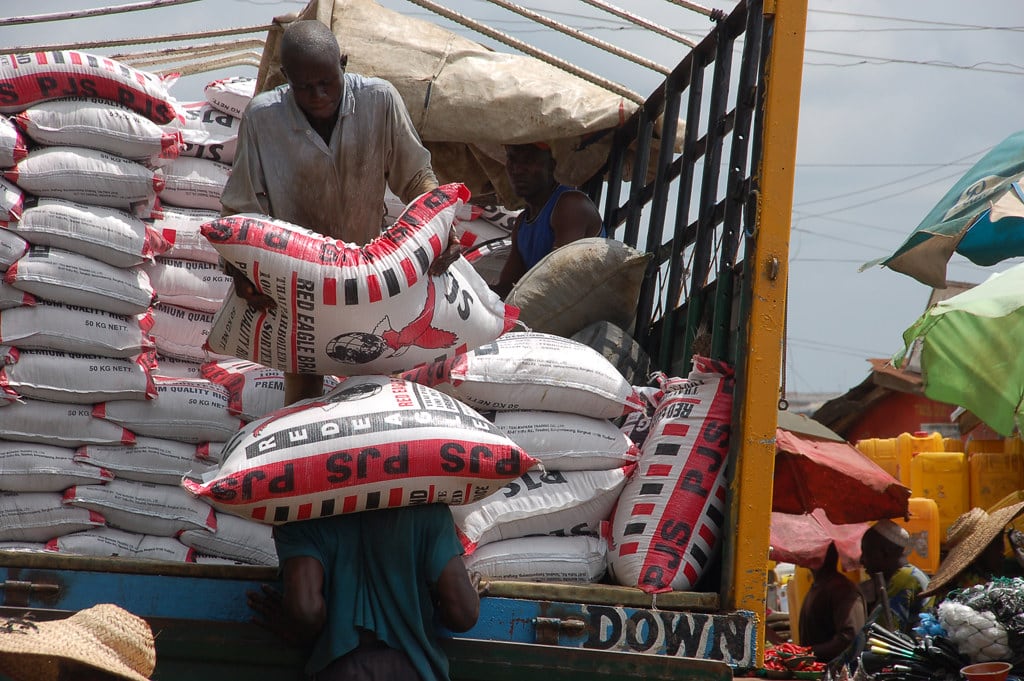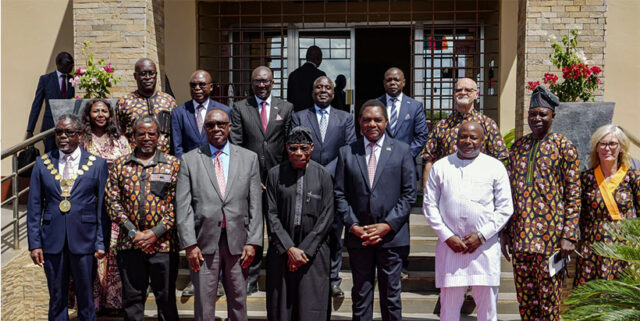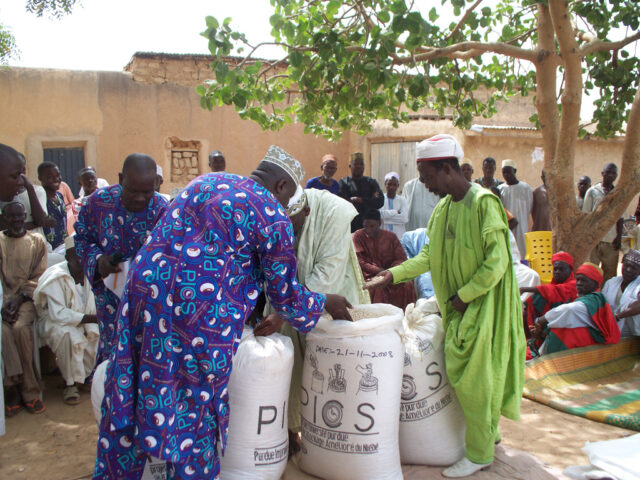
The COVID-19 pandemic has led to multiple disruptions in food demand and supply, and while in general food systems have proven more resilient than many expected so far, the poor and vulnerable have been hit hardest. In this regard, food prices are a critical indicator. Most food price tracking systems aggregate data that may miss short-term price spikes in specific locations—information that could be used to target relief. Here, researchers from the European Commission’s Joint Research Centre and the International Institute of Tropical Agriculture describe the development of a crowdsourcing tool for collecting real-time local price data. They used it to capture food prices in locations in northern Nigeria during a 4-week pandemic lockdown period, showing important temporal and spatial price variations for staple foods. Based on their experience, they discuss the benefits and challenges, in emergencies and more generally, of crowdsourcing approaches for food prices.—John McDermott, series co-editor and Director, CGIAR Research Program on Agriculture for Nutrition and Health (A4NH).
The COVID-19 pandemic and related lockdown measures have disrupted food systems globally, leading to fluctuations in the prices of some food commodities, mostly at the country or local levels. Yet detailed, data-driven evidence of the extent, timing, and localization of food security impacts are rarely available quickly enough or with sufficient granularity to guide policy responses.
Several institutions regularly collect information on commodity prices in low-and middle-income countries (e.g. the FAO GIEWS-FPMA tool, World Food Programme Vulnerability Analysis and Monitoring (WFP-VAM), and the IFPRI Food Security Portal). But they are often unable to generate actionable data on sudden food system disruptions. Price data are often limited in scope because they are monitored at specific markets and often at highly coarse spatio-temporal scales (e.g. monthly and at the [sub-]national level).
This blog post is part of a special series of analyses on the impacts of the COVID-19 pandemic on national and global food and nutrition security, poverty, and development. The blog series is edited by IFPRI director general Johan Swinnen and A4NH director John McDermott. See the full series here.
Photo credit: IITA



